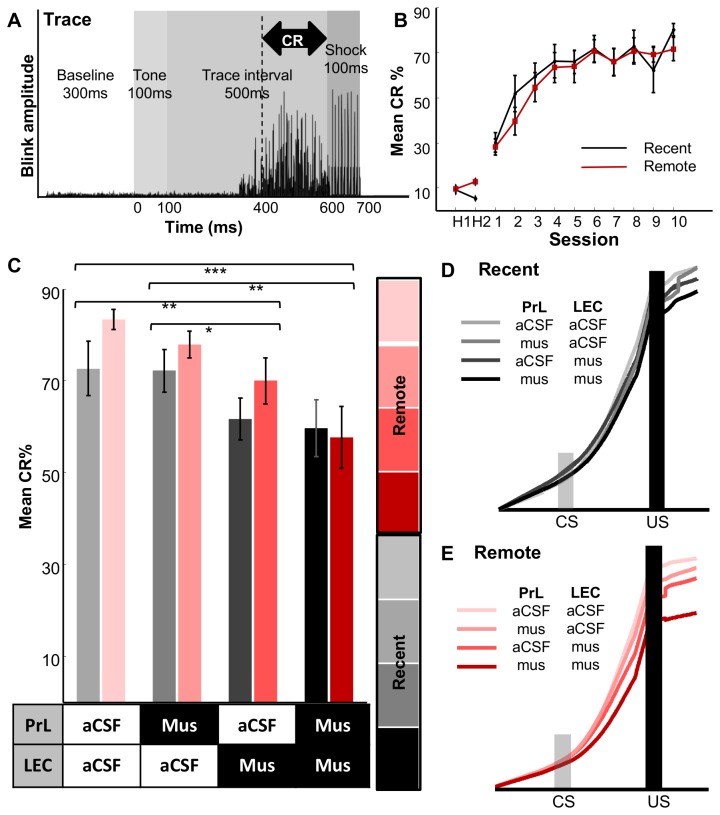Figure 2. Unilateral inactivation of the lateral entorhinal cortex impairs recent and remote memory expression.
A, During trace eyeblink conditioning sessions, the conditioned stimulus (CS; 100 ms tone) and unconditioned stimulus (US; 100 ms periorbital shock) were separated by a 500 ms stimulus-free trace interval. The conditioned response (CR) was detected as an increase in eyelid electromyogram activity prior to US onset (black marking, bottom). B, The rats received 10 days of acquisition followed by eight days of retention sessions either one day (Recent group, black, n = 8) or one month (Remote group, red, n = 9) after the last acquisition session. Following two habituation sessions (H1 and H2), both the Recent and Remote groups increased the frequency of CR expression (Mean CR %) in 10 sessions. C, The retention sessions were preceded by microinfusions of artificial cerebral spinal fluid (aCSF) or muscimol (Mus) into the prelimbic region of the prefrontal cortex (PrL) in one hemisphere or lateral entorhinal cortex (LEC) in the other hemisphere. Unilateral infusions of muscimol into the LEC significantly reduced CR% for the Recent (black) and Remote (red) groups. The CR% did not further decrease with additional muscimol infusions into the contralateral PrL. *p < .05; **p < .01; *** p < .001. D, E, The increase in CR amplitude following CS onset was smaller after muscimol infusions into the PrL and LEC (black or red line) than the other conditions in both Recent (D) and Remote (E) retention.

